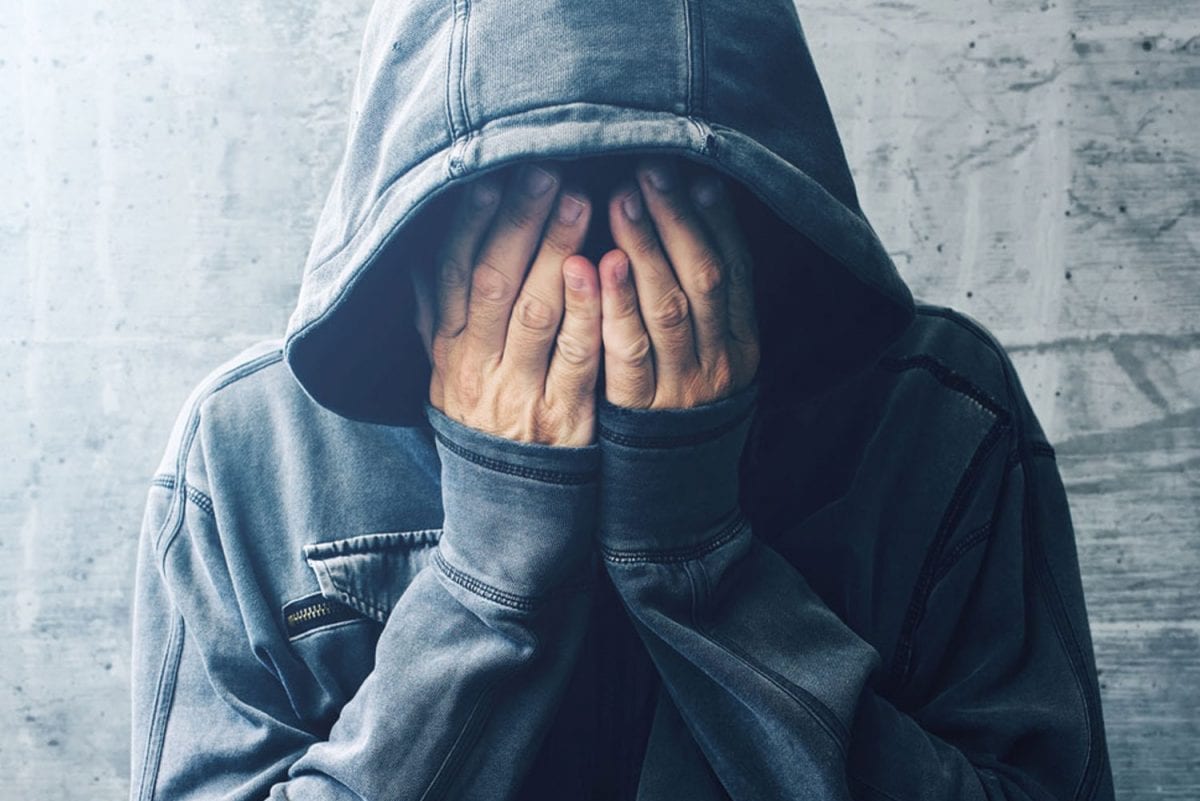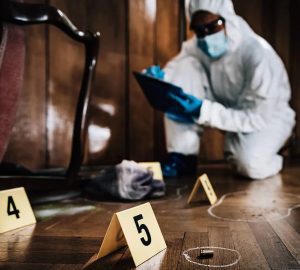Addressing opioid addiction requires a comprehensive and multifaceted approach. Effectively treating opioid addiction involves combining medical interventions, such as medication-assisted treatment (MAT), with psychosocial support and behavioral therapies. The key to managing opioid addiction lies in integrating evidence-based strategies that focus on both the physical and psychological aspects of the condition. It is crucial to implement a tailored treatment plan that considers the individual’s unique needs and circumstances. By adopting a holistic approach, healthcare professionals can better assist individuals in overcoming opioid addiction and promoting sustained recovery.
Opioids, on the other hand, are a synthetic version of heroin which are used in medication prescribed to treat chronic pain. The work in the same way as heroin by altering brain function to create euphoric effects and are generally prescribed to relived pain in the following instances:
- Dental procedures
- Injury or trauma
- Surgery
- Chronic diseases such as cancer
In the main, opioids are completely safe to use if following the instructions from a physician. However, people managing pain can often find themselves quickly misusing opioids in attempts to relieve their symptoms. This is particularly true if the individual has developed a tolerance to their pain medication as it will require higher doses to achieve the desired effect.
What Is Addiction?
Addiction is an illness that develops over time. Although not everyone prescribed opioid-based medications will go on to develop dependence or addiction, some find it hard to stop using them. It is mainly the pleasurable sensations created by opioids that users find compelling, leading them to seek to repeat the experience. After misusing prescription drugs over a period of time, it becomes progressively harder for the individual to quit. One of the main characteristics of addiction is when a person develops a compulsion to use that they have no control over.
Opioid drugs and medications include the following:
- Codeine
- Morphine
- Fentanyl
- Heroin
- Opium
- Hydrocodone
- Hydromorphone
- Methadone
- Oxycodone
- Tramadol
The Symptoms of Opioid Addiction
Many people struggling with prescription drugs will want to conceal their problems from others. This can make it hard to tell if they should attend an opiate treatment center. Although the main characteristic to watch for is when an individual has no ability to stop using on their own, here are some other signs and symptoms that indicate opioid abuse:
- Lack of coordination or sluggishness
- Drowsiness and lethargy
- Slow or shallow breathing
- Nausea and vomiting
- Constipation
- Physical irritation or agitation
- Lack of concern about responsibilities at work or home
- Slurred speech and delayed reactions
- Interrupted sleep patterns
- Depression and anxiety
- Episodes of euphoria
High Risk of Opiate Overdose
Many people using prescription painkillers find themselves taking too many opioids in attempts to manage their pain. If an overdose occurs, immediate medical attention is necessary. In some states, emergency services carry a naloxone nasal spray which can reverse the effects of overdose and save peoples’ lives. It is important to act quickly so as to prevent severe complications and possible death.
Opiate overdose symptoms include:
- Unresponsiveness
- Shallow breathing or no respiratory function at al
- Slow or erratic pulse or no pulse found
- Excessive vomiting
- Loss of consciousness
- Constricted pupils
What Causes Opioid Addiction?
Opioid-based drugs alter the brain’s chemistry to create euphoric effects. However, aside from blocking pain signals, the brain comes to rely on endorphins regularly flooding the body and quickly starts to crave the drug’s effects. As people continue to take their painkillers, they become more vulnerable to developing a tolerance to them. This means that the dose prescribed by a physician will no longer be enough to dull painful symptoms, forcing the sufferer to take more to feel better.
Over time this leads to dependence, particularly if every time the individual stops using they develop uncomfortable withdrawal symptoms. The only way to prevent someone from developing opioid tolerance is by stopping use for a period of time to allow the body to adjust to its pain-relieving effects. In other words, it is only through continued and progressively more opioid use that people are exposed to the risk of addiction.
What Is Drug Dependence?
Dependence is different to addiction in that it is the body that craves substance use. A physical dependence is a result of how the body has changed through substance abuse over time. Drug dependence is characterized by the following withdrawal symptoms:
- Sweats, chills, and shakes
- Nausea and vomiting
- Joint and muscle pain
- Depression and anxiety
- Fatigue and insomnia
People taking prescription opioids for a long period of time are advised to work with their physician to manage pain without developing dependence or addiction. Physicians are able to assist in reducing withdrawal symptoms by gradually lowering the dosage of painkillers over time until they are no longer needed.
What’s Involved in Opioid Addiction Treatment?
The treatment approach used by an opiate rehab center for addiction depends very much on the individual. The primary objective of addiction treatment is to help individuals stop using the drug by initially undergoing detox. When this step has been completed, patients are able to move on to a rehabilitation program to prepare them for a drug-free life in recovery.
Opiate treatment centers also seek to find other ways for people to manage their pain or to deal with stressors for drug abuse in other ways. Many facilities offer a good range of holistic or complementary therapies and treatments that are invaluable in arming patients with tools for relapse prevention they can take with them into recovery.
Opioid treatment centers include behavioral components with therapies like CBT, which seek to identify the negative thought processes and feelings underlying opioid addiction and address them. Altering behaviors allows patients to develop healthier responses to situations and circumstances that would otherwise lead to them using. Ultimately, there is a treatment path available at an opiate rehab center for each individual that will resonate with their personal situation.








